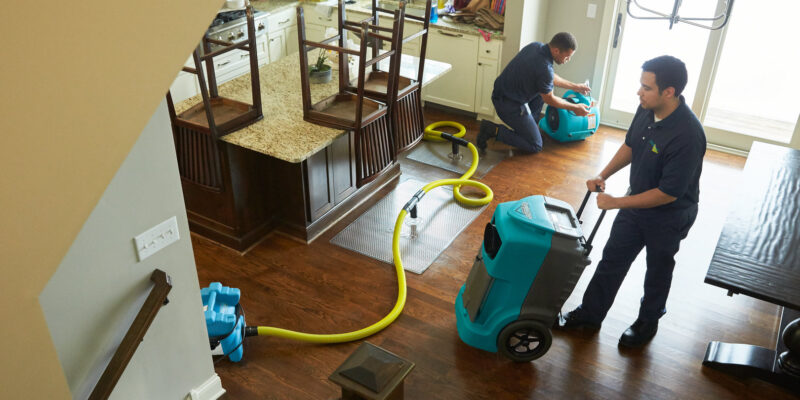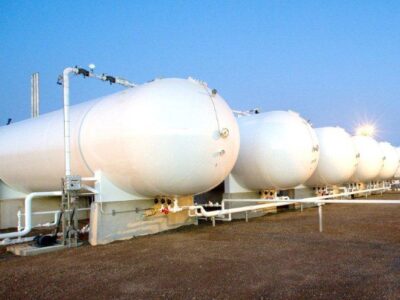
Water damage can be a homeowner’s worst nightmare, causing significant harm to property and possessions. Mississauga, nestled in the heart of Ontario, is no stranger to the challenges posed by water-related incidents. From burst pipes to heavy rainfall, navigating through the aftermath of water damage requires a well-informed and strategic approach to restoration. In this comprehensive guide, we will explore the essential steps and expert tips for effective water damage restoration in Mississauga.
Understanding the Impact of Water Damage:
Water damage comes in various forms, each with its unique set of challenges. Whether it’s a burst pipe, a leaking roof, or flooding from severe weather conditions, the first step is to understand the extent of the damage. Assessing the affected areas, documenting the damage, and categorizing it based on severity will provide a clear roadmap for restoration efforts.
Immediate Response:
Time is of the essence when it comes to water damage. The longer water sits, the more extensive the damage becomes. The immediate response should involve stopping the source of water, if possible. This might require shutting off the main water supply or fixing a leaking pipe. Once the source is addressed, it’s crucial to begin extracting standing water promptly. Water extraction tools, such as pumps and vacuums, are essential in this phase.
Drying and Dehumidification:
After water extraction, the focus shifts to drying and dehumidification. Even after visible water is removed, moisture can linger in walls, floors, and other porous materials. Professional-grade drying equipment, including dehumidifiers and industrial fans, accelerates the drying process. This step is crucial to prevent mold growth and further structural damage.
Assessment of Structural Damage:
Water damage often compromises the structural integrity of a building. Inspecting walls, ceilings, and floors for any signs of damage is essential. In severe cases, a professional structural engineer may need to assess the extent of the harm and recommend necessary repairs. Timely intervention in this phase can prevent long-term issues and ensure the safety of the property.
Mold Prevention and Remediation:
Mold growth is a common consequence of water damage, especially in humid climates like Mississauga. As part of the restoration process, it’s crucial to address mold prevention and remediation. This involves thorough cleaning, disinfecting, and applying mold inhibitors to affected surfaces. If mold is already present, professional remediation services may be required.
Restoration of Damaged Materials:
Once the affected areas are thoroughly dried and sanitized, the restoration of damaged materials can commence. This may include replacing drywall, flooring, insulation, and other structural components that cannot be salvaged. It’s essential to use quality materials and ensure proper installation to prevent future issues.
Electrical and HVAC Systems Inspection:
Water damage poses a significant risk to electrical and HVAC (heating, ventilation, and air conditioning) systems. These systems should be thoroughly inspected for any damage or malfunction. Water can compromise wiring, circuitry, and other components, leading to safety hazards and operational issues. If any damage is detected, it’s crucial to seek professional assistance for repairs or replacements.
Documenting the Restoration Process:
Throughout the restoration process, documenting every step is vital for insurance claims and future reference. Take photographs, keep receipts for expenses, and maintain a detailed log of all restoration activities. This documentation can streamline the insurance claims process and serve as a valuable resource for any future incidents.
Preventive Measures for Future Water Damage:
Once the restoration is complete, it’s time to focus on preventive measures to avoid future water damage. Regular maintenance of plumbing systems, roof inspections, and proper drainage are essential in mitigating the risk of water-related incidents. Installing water detection devices and reinforcing vulnerable areas can provide early warnings and minimize the impact of potential issues.
Navigating water damage and its subsequent restoration in Mississauga requires a proactive and systematic approach. From the initial response to the final stages of restoration, each step plays a crucial role in minimizing damage and restoring the property to its pre-damaged state. By understanding the unique challenges posed by water damage and following the ultimate guide to restoration, homeowners in Mississauga can safeguard their homes and ensure a resilient recovery from water-related incidents.










